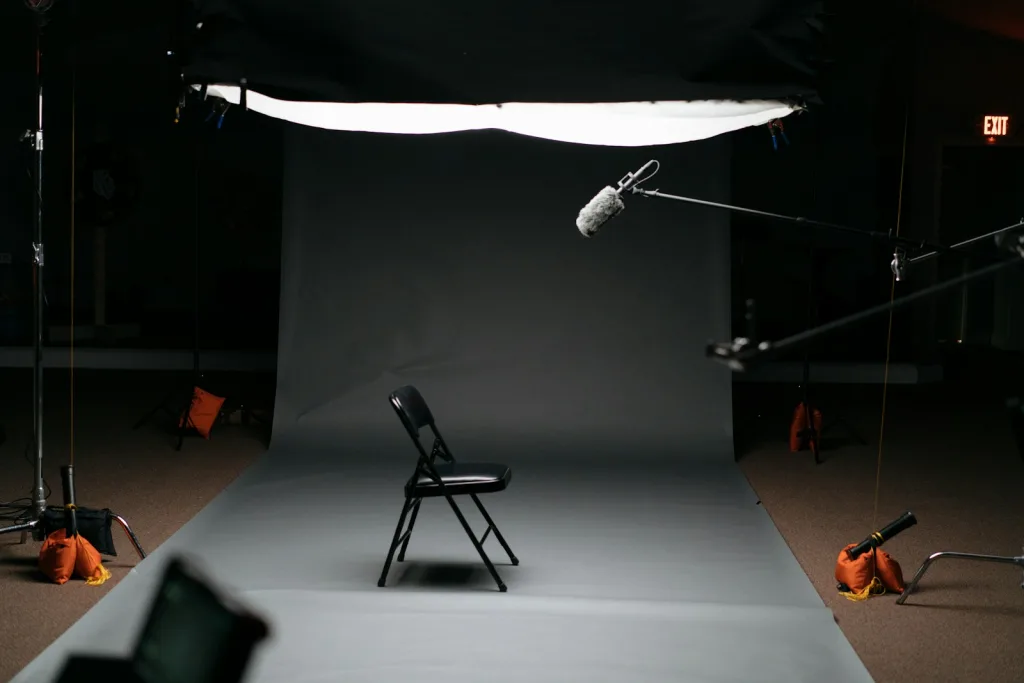
Cinematography is an art form that combines the technical skills of camera operation with the creative decision-making that shapes the visual narrative of a film. This comprehensive guide is designed to help budding cinematographers master their craft through detailed explanations of key techniques and practical exercises. From understanding camera settings to manipulating lighting and composing shots, these insights will enhance your skills and deepen your understanding of cinematography.
1. Understanding Camera Settings
Foundation of Cinematic Quality
- Exposure Triangle: Learn about the relationship between aperture, shutter speed, and ISO. Understand how these elements affect exposure, depth of field, and motion blur in your shots.
- White Balance and Color Temperature: Discover the importance of accurate white balance settings to maintain color consistency across different lighting conditions.
2. Composition and Framing
Artistic Aspects of Cinematography
- Rule of Thirds: A basic yet essential composition technique. Divide the frame into thirds both horizontally and vertically, and place important elements at the intersections or along the lines to create a balanced composition.
- Leading Lines and Depth: Use natural or artificial lines within the frame to guide the viewer’s eye toward the main subject or to create depth in a scene.
3. Lighting Techniques
Manipulating Light to Enhance Mood and Atmosphere
- Key Light, Fill Light, and Back Light: Understand the three-point lighting setup and how to manipulate each to achieve the desired effect and mood.
- High Key and Low Key Lighting: Learn the differences between these lighting styles and how they can be used to evoke different emotions and atmospheres in your films.
4. Movement and Stability
Dynamic Shots and Steady Framing
- Using Dollies and Tracks: Explore how to create smooth horizontal movements to add dynamism to your shots.
- Handheld vs. Tripod: Practice switching between handheld and tripod setups to understand when and why each is used, based on the narrative context.
5. Advanced Cinematic Techniques
Elevating Visual Storytelling
- Depth of Field Manipulation: Experiment with different aperture settings to control the depth of field and focus on how it can be used creatively to isolate subjects or include everything in focus.
- Color Grading: Get an introduction to color grading to understand how it can be used to set the tone and mood of the entire film.
6. Practical Exercises
Hands-on Learning to Enhance Skills
- Recreate Scenes: Choose scenes from well-known films and attempt to recreate them. This exercise helps understand lighting setups, camera angles, and movement used by professional cinematographers.
- Storyboard to Film: Start with a simple storyboard and try to bring it to life through cinematography, focusing on how each shot contributes to the story.
Conclusion
Mastering cinematography is a continuous learning process that requires practice and experimentation. By understanding these fundamental techniques and engaging in practical exercises, you can improve your ability to tell compelling visual stories.
